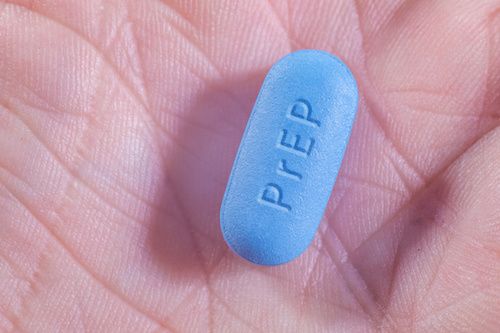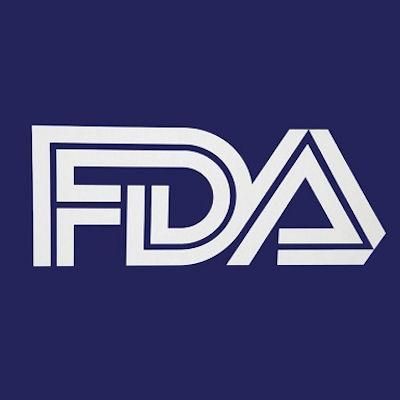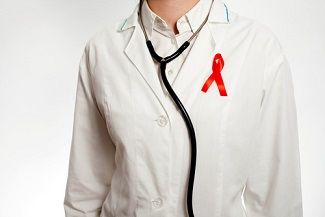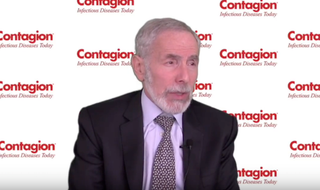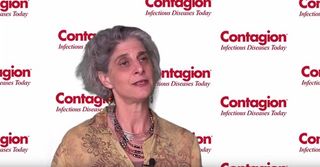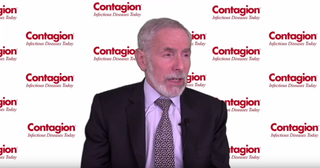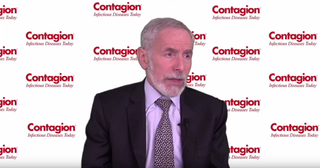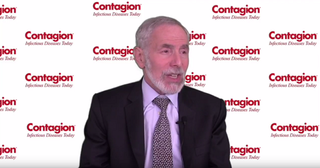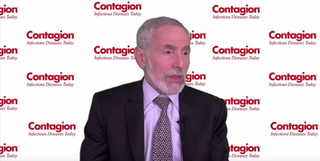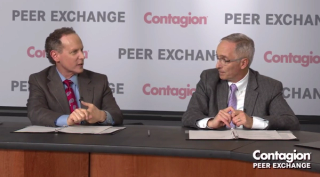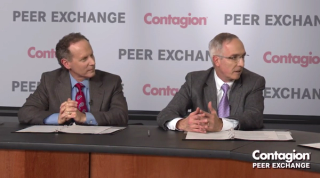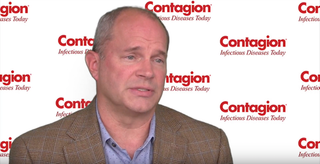
PrEP
Latest News
Latest Videos

CME Content
More News

Study authors examined which countries offer PrEP reimbursement, what barriers exist to implementation, and calculated the overall “PrEP gap” for the EU.

Both organizations will invest $100 million to develop and advance candidate gene-based cures for HIV and sickle cell disease to clinical trials within 10 years.
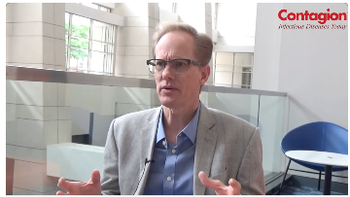
Gregory Felzien, MD, discusses the surprising benefits HIV clinics encounter when they enhance community engagement.

A medication that secretes growth hormone is shown to reduce liver fat in an HIV-positive population, and investigators would like to see it used more widely.
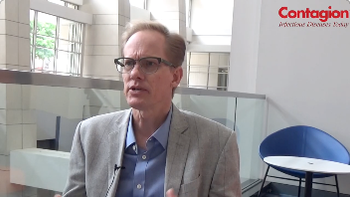
Gregory Felzien, MD, AAHIVS, discusses prevention beyond PrEP and creating a safe environment for patients with HIV.

Pooled analysis linked baseline demographics, including lower CD4 count, higher HIV-1 RNA, no history of injection drug use, female sex, and black race, to weight gain following ART initiation.
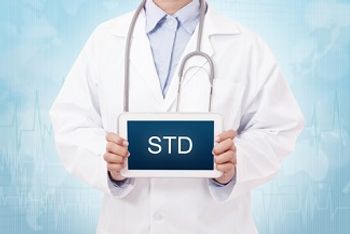
The latest report from the CDC shows that preventable infections are on the rise nationally. Particularly hard hit are women, young people, minority groups, and infants exposed to syphilis.
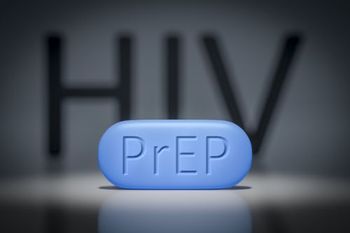
A study suggests young black MSM can experience delays in PrEP initiation if they do not have health insurance, even if expanded access through manufacturer assistance programs is offered.

The study focused on women living with HIV in areas where TB is highly prevalent.
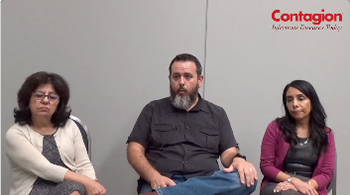
Investigators with The University of Texas Health Science Center embarked on a study to determine whether HIV disclosure at the emergency department should be based on preliminary results.

Patients with a new diagnosis of HIV may benefit from rapid start of ART.
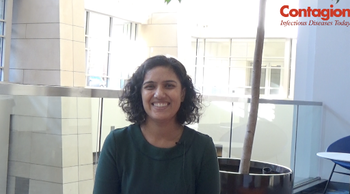
Anandi Sheth, MD, MSc, summarizes her presentation on HIV prevention in women and discusses the need for more women in pre-exposure prophylaxis research.
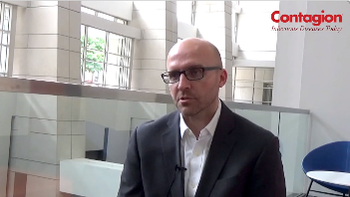
Jason Schafer, PharmD, MPH, BCPS AQ-ID, previews the October issue featuring an article on rapid initiation of antiretroviral therapy.

HIV testing rates have improved among men who have sex with men in Africa, but new research indicates the developments are not enough to meet the UNAID’s 90-90-90 targets.
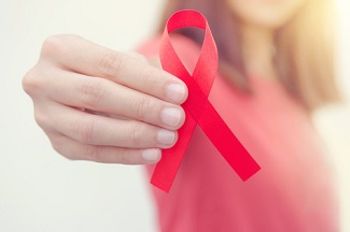
University of Illinois at Chicago investigators compared virologic failure among MSM and transgender women receiving HIV care at a community-based model with those receiving care at a hospital-based model.
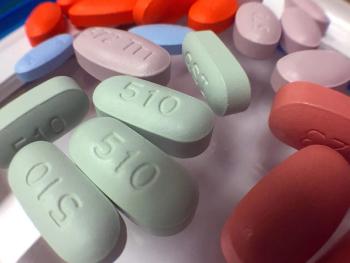
For individuals living with HIV, switching suppressive HIV regimens may be considered for a variety of reasons including treatment simplification, improved safety and tolerability, drug-drug interactions, or cost.

Unsurprisingly, STD clinics have reported increased patient interest in PrEP; however, these clinics often face challenges in providing longitudinal patient care because of limited resources and capacity.

ART-related medication errors can occur and lead to suboptimal therapy and in some cases treatment resistance.

Approximately ≥60% of men who have sex with men (MSM) find sexual partners via the internet, primarily through Grindr, which is the most popular dating app among MSM.

In general, women shared many of the same positive perceptions of long-acting ART that men did but offered unique insight.

Switching from TDF to TAF was associated with a 13% increase in the expected mean for ASCVD risk score (95% CI: 4%, 23%).

The study investigators conclude that U=U awareness seems to be improving among GBMSM, with HIV-negative individuals making the most progress.
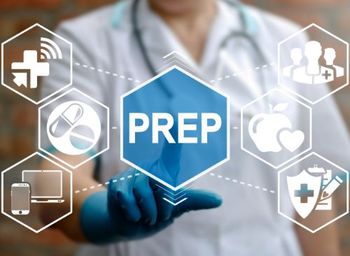
The mobile unit provided services to 229 clients from October 2018 to April 2019, 168 (73.7%) of whom sought PrEP.

A 7-year study highlights the ability of an ultra-long-acting injectable implant to elute HIV drug combinations for months at a time.

In order to overcome the barriers to HIV care, it is important for both patients and health care professionals to mutually agree that a particular strategy is useful.


